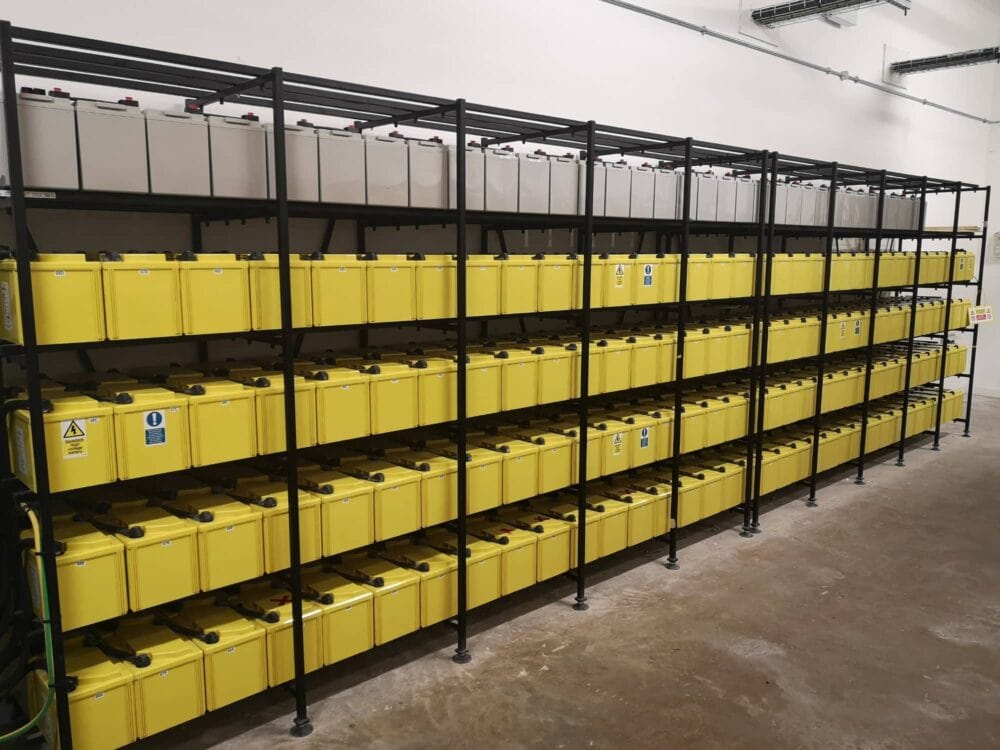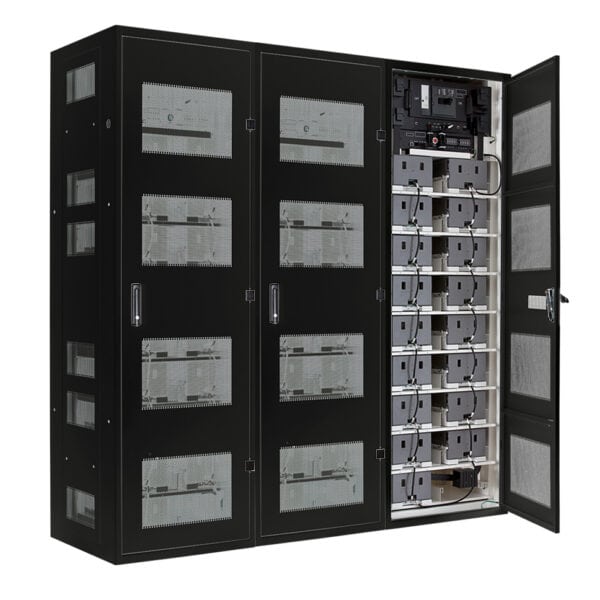When choosing a UPS system, it’s natural to focus on its functional and performance specifications, such as UPS battery autonomy, availability, capacity, and energy efficiency. While these aspects are essential, there’s also another critical success factor; the UPS installation environment.
To ensure long-term reliable operation it is essential to select the proper uninterruptible power supply (UPS) for use in the correct temperature and environments.
To make sure of the appropriate UPS solution, we recommend to always check its operational temperature specifications and ensure that it meets or exceeds the environmental conditions when planning for a UPS installation site you have chosen. It is recommended that the uninterruptible power supplies be installed in a temperature controlled environment similar to the intended applications of UPS systems.
An uninterruptible power supply should not be placed near other heat sources or near open windows or areas that contain high amounts of moisture; and the environment should be free of excessive dust and corrosive fumes. In addition, the ventilation openings at the front, side or rear of the unit must not be blocked.
Ambient Temperature
All uninterruptible power supply batteries have a rated capacity which is determined based on specified conditions. The rated capacity of UPS batteries is based on an ambient temperature of 20°C or 25°C. Operating an uninterruptible power supply under these conditions will maximize the life of the UPS battery and result in optimal performance. We recommend a running temperature of 20°C to achieve expected service life. While a UPS system and the battery will continue to operate in varying temperatures, it is important to note that this will likely result in diminishing the performance and a reduced lifespan of the battery. A general rule to remember is that for every 10°C above the ambient temperature of 20°C the life of uninterruptible power supply batteries will be reduced by 50 percent. Therefore, keeping UPS batteries at a comfortable temperature is crucial to maximizing UPS life span and capabilities.
In many cases, a UPS system is designed for use in the stated temperature environment, so internal components near their temperature limits could exceed their maximum temperature ratings. This could result in the UPS solution having a reduced reliability and life span, or an outright failure.
Designing adequate cooling for the UPS room will ensure the reliability of the uninterruptible power supply equipment itself. If your air conditioning is working but inefficiently, it will not produce a sufficient volume of chilled air and will lead to the UPS system overheating. This is typically noticeable during hot summer days. You will need to check that you have enough air conditioning units and that they are all serviced regularly to provide the correct amount of cooling for the designated UPS installation.
With larger industrial uninterruptible power supply solutions it may be worth considering a separate battery room to allow the UPS batteries to be kept at the optimal temperature while allowing the UPS room to have wider temperature tolerances.
UPS battery bank
Conditioned free cooling
Any amount of cooling you can get at no charge will conserve energy and save you money. With so much energy being consumed by UPS power supplies, heat quickly builds up and cooling it all has become an expensive necessity in order to protect UPS systems from failure.
The first thing to know about free cooling is that it harnesses a free element – outside air. The most direct way to use this air to cool your UPS room is to fit vents or windows that you can open on a cold day. That’s how the principle of free cooling was first born, but today’s free cooling UPS solutions are significantly more sophisticated and energy efficient.
Letting cold air in and warm air out is a sound enough principle, but a rudimentary ventilation system is never going to bring cooling to the parts of the data centre infrastructure that need it most. Letting the outside into your uninterruptible power supply room also presents a series of environmental and security risks that could have catastrophic consequences. A vent could let cold air in, but also dirt, insects or birds and there is a very real risk of condensation building up. This is among the reasons why water is piped into data centre environments as the heat exchange medium for free cooling systems. The feasibility for free cooling rests upon the ambient temperature being sufficiently low to deliver additional, incremental benefit to the conventional cooling operation.
It should go without saying that there are many significant dangers associated with introducing water into highly controlled environment with sensitive IT equipment powered by large quantities of electricity. This explains the reasoning behind a professionally designed, manufactured and installed UPS free cooling solution, delivered and maintained by an expert UPS company using industry best practices.




